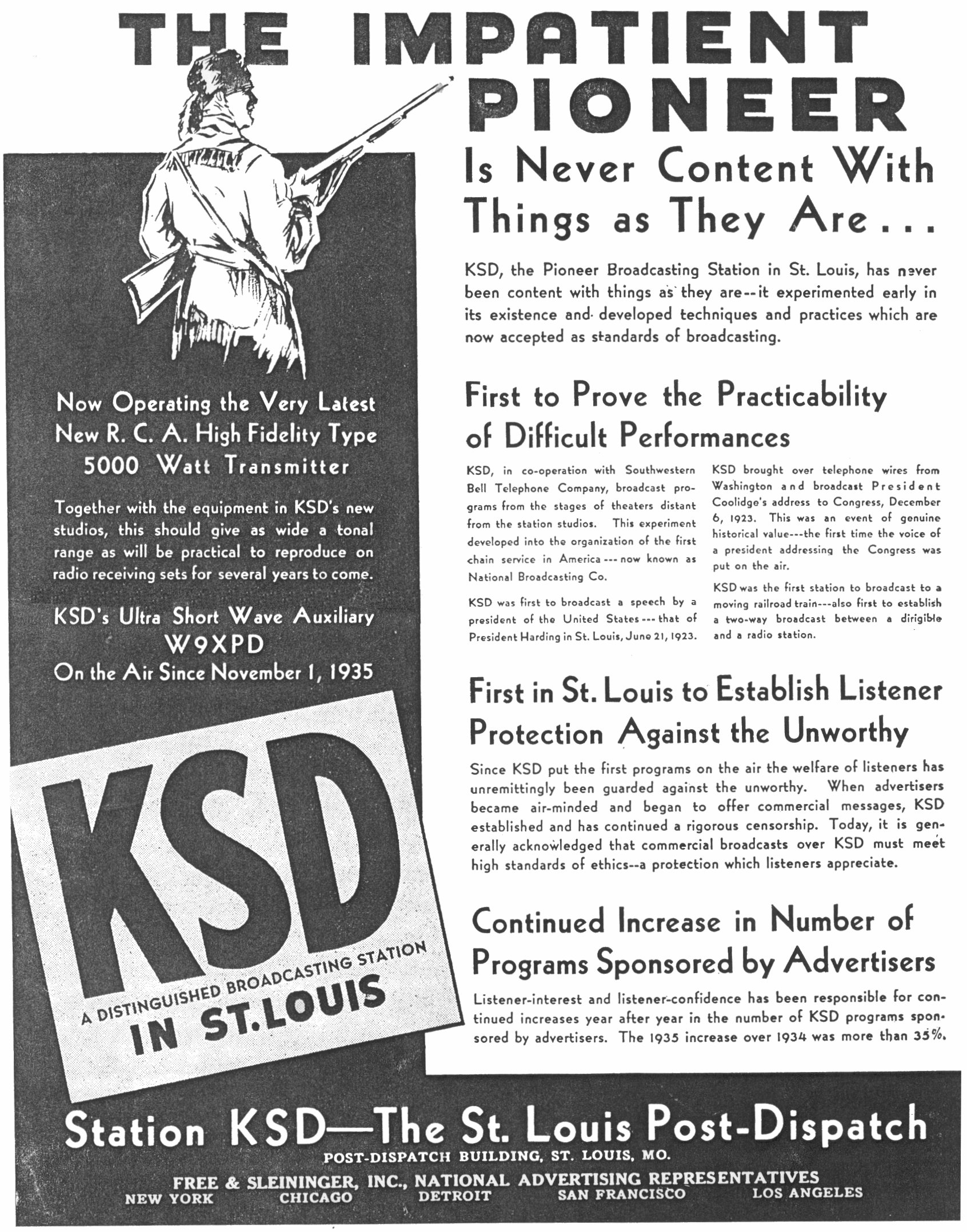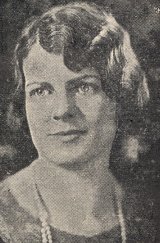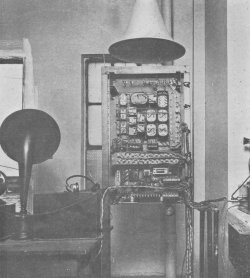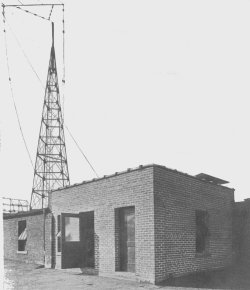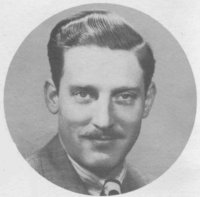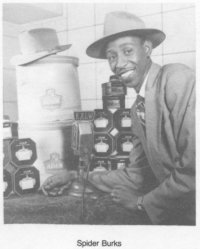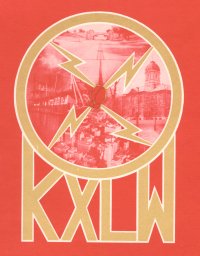Radio Articles
KSD, “The Station Without A Slogan”
Station KSD was the first radio broadcasting station to be given a class B license by the United States government. On August 31, 1922, just two months after the station opened, broadcasting was begun at 8 p.m. on the old wave length of 360 meters with a player piano roll of Sousa’s march, “The Stars and Stripes Forever.” At the conclusion of this the KSD announcer told the world of a new honor just conferred upon the station and stated that after an intermission of five minutes the station would again go on the air with its new wave length of 400 meters as a class B station.
The program on this evening was given by Mrs. W.E. Hindle, coloratura soprano, M.A. Worthelmer, violinist, and C.G. Werner, pianist, all St. Louis artists.
In those days all class B stations were on a wave length of 400 meters and class A stations on 360 meters and it was not until the following spring that the wave bands were divided by governmental order, and KSD was assigned its present high wave length of 545.1 meters.
KSD is notable for having made a specialty of high class music. It has broadcast many important addresses, public events, sporting events, etc., but its greatest achievement has been the broadcasting of every symphony program played in St. Louis by the St. Louis Symphony orchestra during the three years of the station’s existence. Classical music, while a specialty at KSD, has not occupied all the musical programs. Many jazz orchestras of national fame have been broadcast by this station, but in jazz, as in classical music, KSD always has stood for the best, and has insisted upon every performance coming up to an established standard.
In some other respects besides the fact that it was the first class B station, KSD has been a pioneer and has set the pace for other stations. It was the first station to make the experiment of broadcasting in the open air. On June 26, 1922, the station was formally opened. It was tested out the preceding night in a manner which not only tested the station, but gave radio transmission experts and idea of the practicability of a new form of broadcasting. A microphone was placed in the footlights on the immense stage at the municipal open air theater in Forest Park, and was connected by remote control apparatus and land wire to the operating room at KSD. One entire act of DeKoven’s “Highwayman” was sent out to the listening public with the simple announcement, “KSD testing.” This not only proved the efficiency of the station, but it also was a demonstration of the feasibility of broadcasting open air performances.
KSD has never had any regular station entertainers. Its idea on this subject has been that variety was the thing most desired. It has, however, had some regular features, notably, the orchestra of the Grand Central, Missouri and Lyric theaters, City Club, Missouri Athletic Association, and Statler and Jefferson Hotels, theater productions, entire performances of grand opera, and other exercises of all sorts have also been broadcast.
KSD was the only station in America to broadcast any of the concerts given by the Sistine choir of Rome, Italy, during its tour of the country in 1923-1924, and was the first station to broadcast high mass from a Catholic cathedral. It was also the first station to send out the voice of a president of the United States. On June 21, 1923, President Harding was in St. Louis on the first lap of his tour which ended with his very sudden and tragic death. He made an address at the St. Louis Coliseum on the world court, and KSD broadcast this speech. Later on KSD broadcast the message to congress of President Coolidge and has sent out several speeches by President Coolidge as well as addresses by practically all the cabinet officers, by all the candidates for president in the last national election, and the entire proceedings of the Democratic and Republican national conventions.
Some of the world’s greatest statesmen and most famous artists have been given to the public through this station. Fifteen countries of the world have been represented on the programs and all five races of man have had their representatives in the studio on various KSD programs.
In several respects KSD is unique. It has no slogan. It does not issue Ekko stamps. It does not read telegrams or letters to its radio audience, and does not permit persons on its programs to say “Hello” to their listening friends. It is unique, also, in having the only woman announcer who has been on the job since radio started. She has announced all programs of every description, night after night, except in vacation intervals, since the station was opened. It has been said of KSD that the voice of “Miss Jones announcing” is sufficient identification for the station without the call letters or the name of the city in which it is located.
(No byline) Radio Digest Oct. 10, 1925
